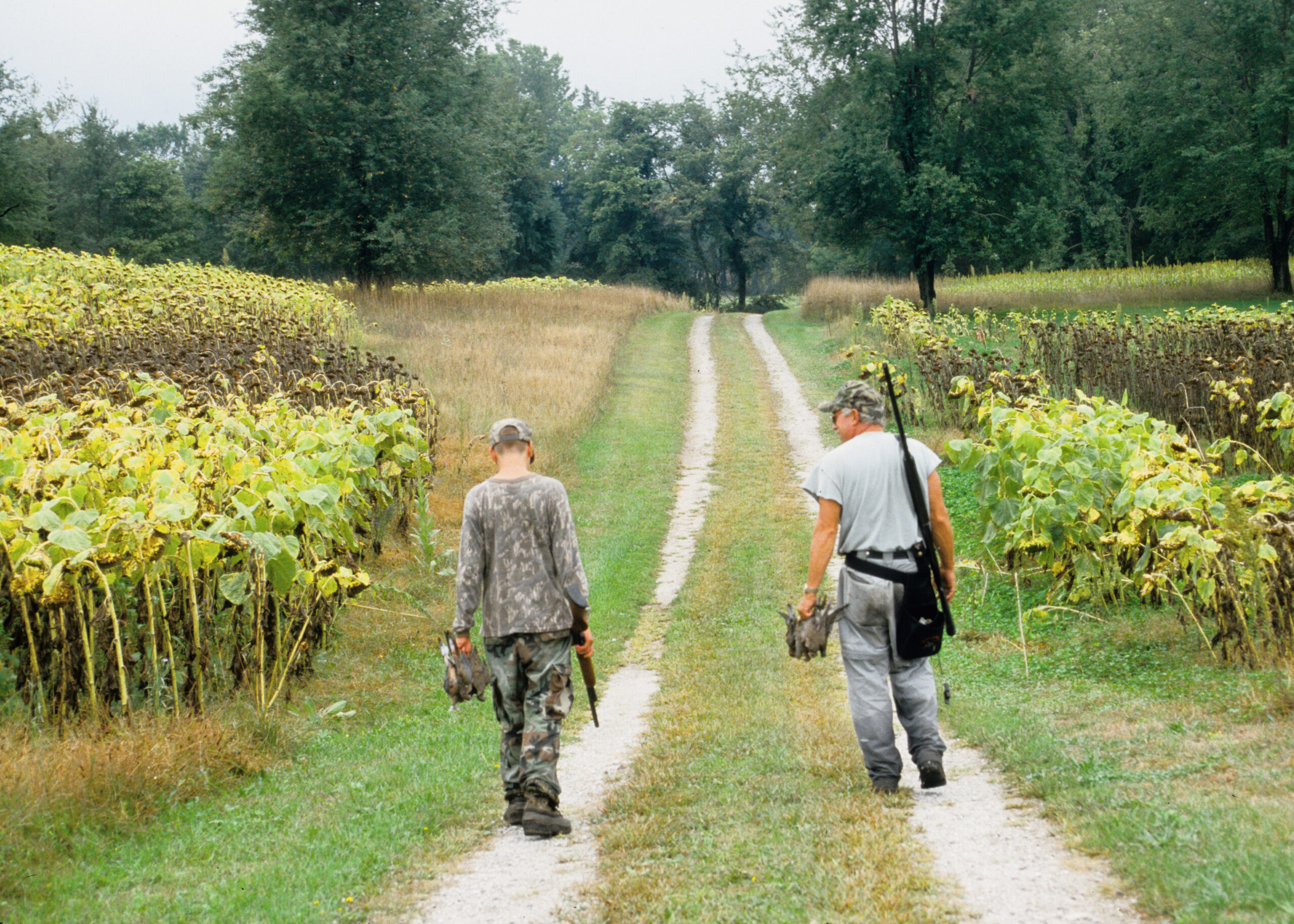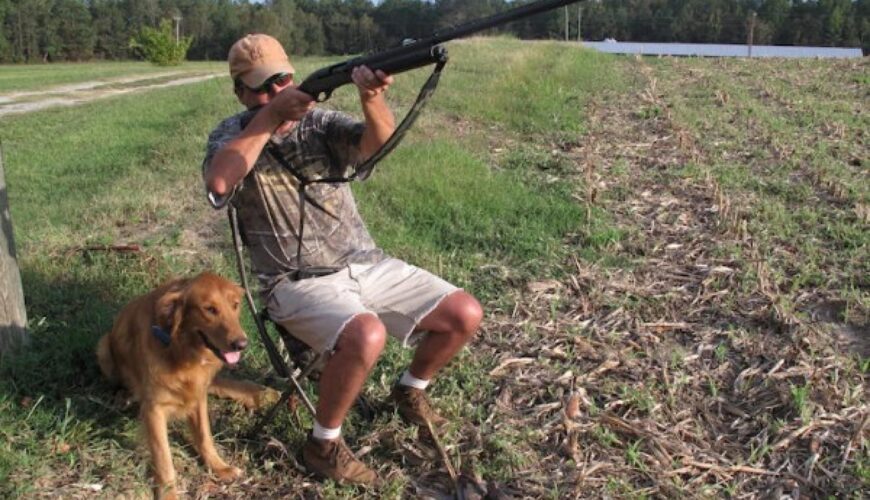Tactics
National Deer Association’s 5 Top Tips for Late-Season Deer Hunting
December 17, 2025 •iSportsman Staff
August 26, 2024
Dove fields become less crowded after the opening days meaning two things: one, there will be fewer people putting birds on the move and two, it leaves more opportunities to fill your daily limit. Whether you go dove hunting on your own or are with a few good buddies, try these strategies for more frequent shot opportunities
Don’t waste time sitting in spots where doves aren’t flying. They are creatures of habit and take the time to scout just before the season and even on the days immediately following the heavy gunning of the opener can tell you volumes on where to sit for the best shot opportunities. Birds frequently navigate along tree lines and field edges as well as across the middle of fields where terrain features such as hedgerows, power lines, dead trees and water holes help them navigate. They also prefer to perch on power lines and bare limbs.

Doves like to be able to see yet feel protected at the same time. Once you’ve identified their “flyways” around your hunt area, look for spots along their flight path that satisfy their need for security, as well as your need to get within shotgun range. Key on gaps in a tree line, a saddle on a hill, converging crop fields, a dead tree with bare limbs, wind rows and even a high spot, such as a solo dirt mound, in a field.
When sustained winds from a storm front roll in, doves typically move out. But barring a tropical storm, nor’easter or twister, winds will more often than not simply cause doves to adjust where they will roost.
Like turkeys, doves will roost in sheltered areas such as trees along the leeward side of a hill or in a creek bottom where they can roost as well as water out of stiff breezes. They will also stick tighter to tree lines or shelter belts, preferring to fly along the side that protects them from the harshest gales. Set up along these low, out-of-the-wind spots and you’ll be sitting right for when the birds take to the air.
It sounds crazy, but drives work for pheasants, so why not doves? While a solo hunter can walk birds up for the occasional jump shot on days when they otherwise refuse to fly, this is a tactic best employed with at least three or more hunters. Rather than stretching hunters out in a line and walking them toward a single poster, try just the opposite during a dove hunt and go with more posters set up in key spots around the field. A single gunner can kick the birds up.
Doves require grit to grind up and digest their food, and as such, will spend near flightless days along sandy trail edges and between the rows of low crops such as soybeans or even peanuts. The walking hunter can work back and forth across a field working with the wind or walking the shady side of tree lines where midday birds might be found roosting.
